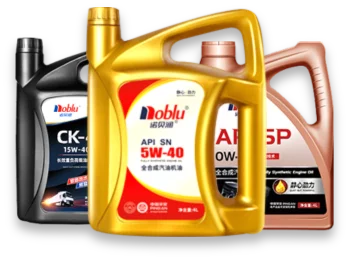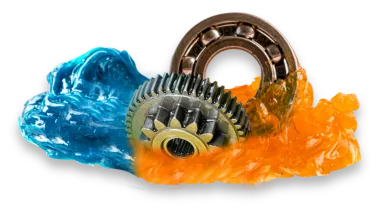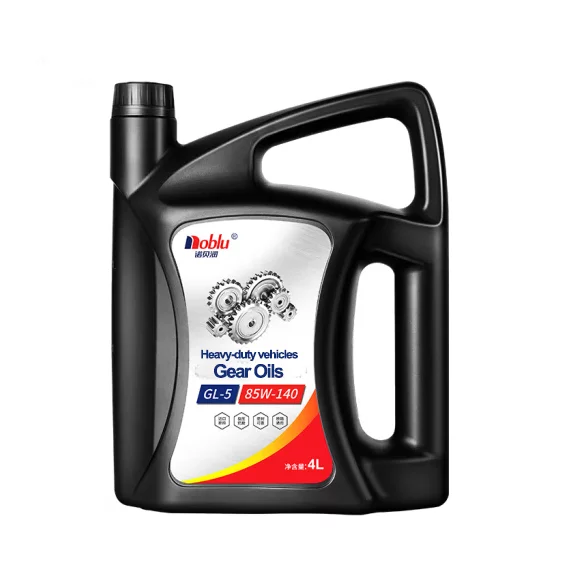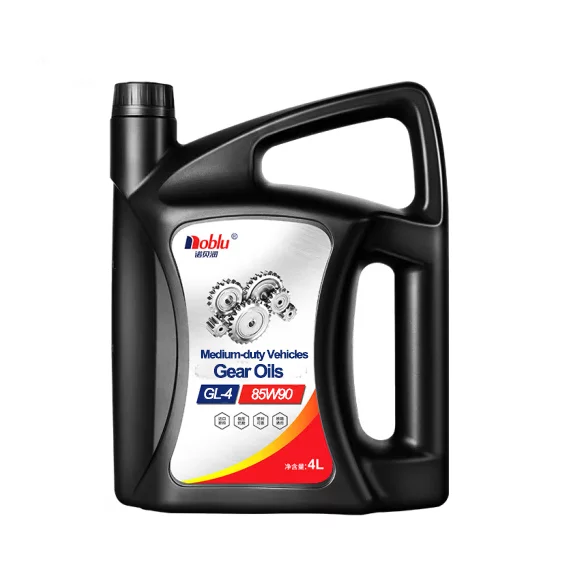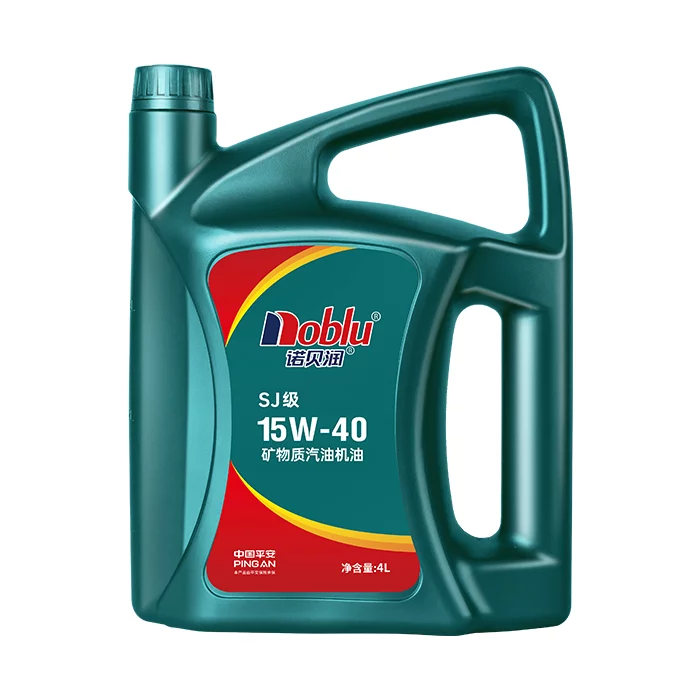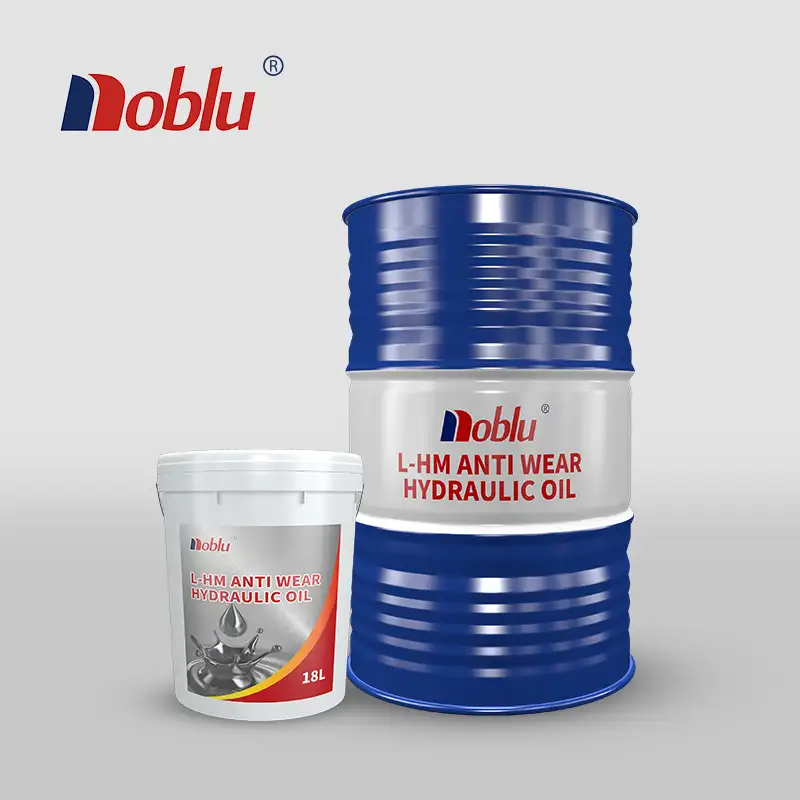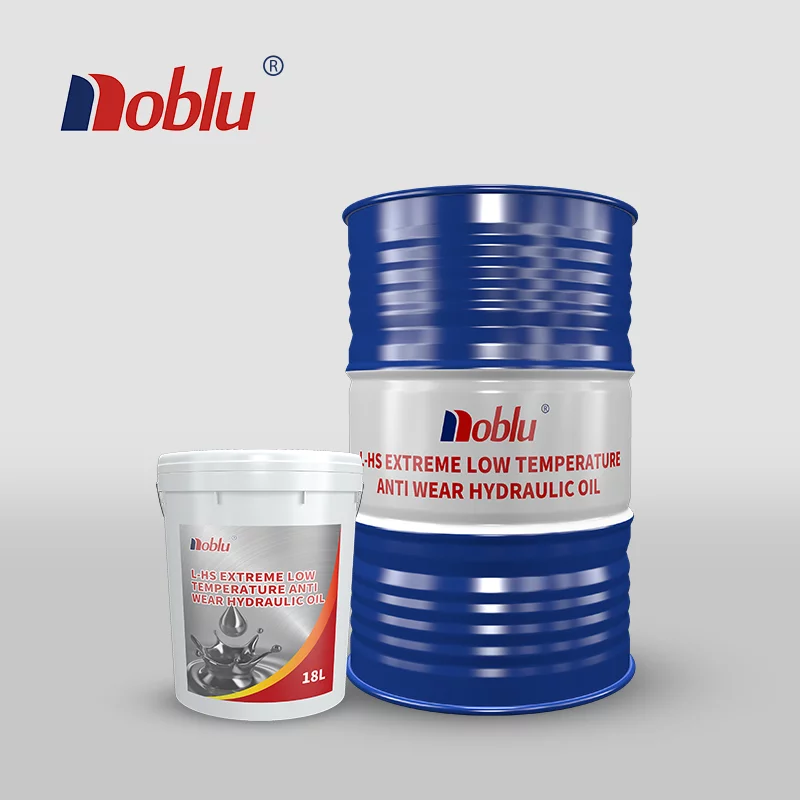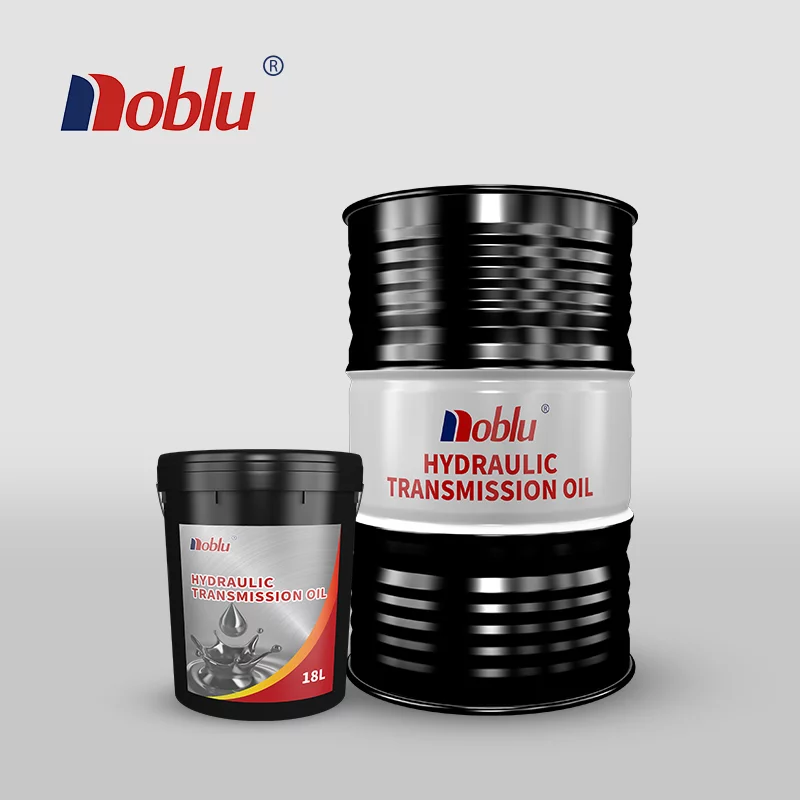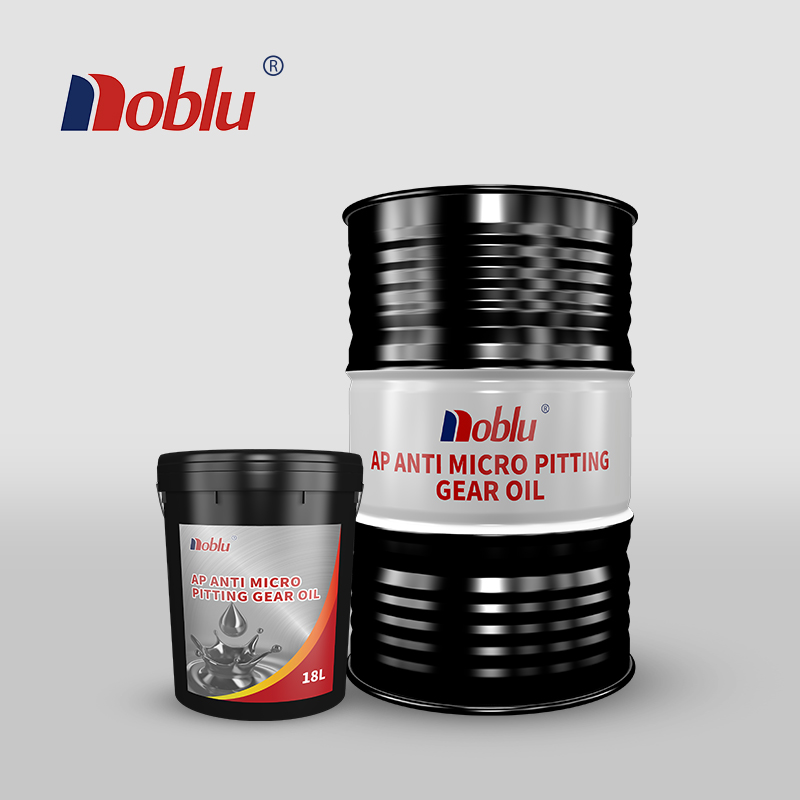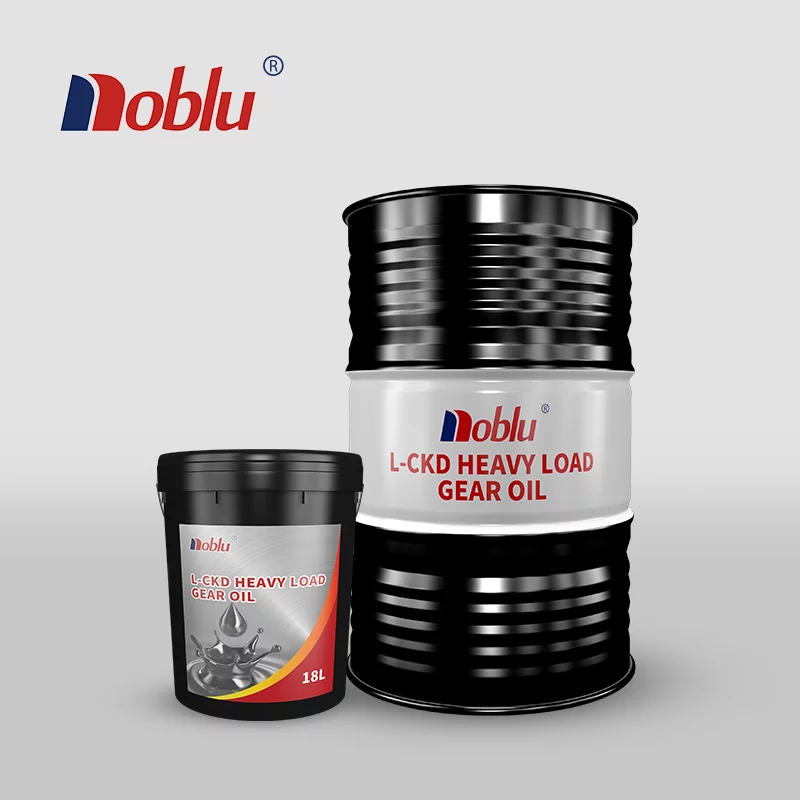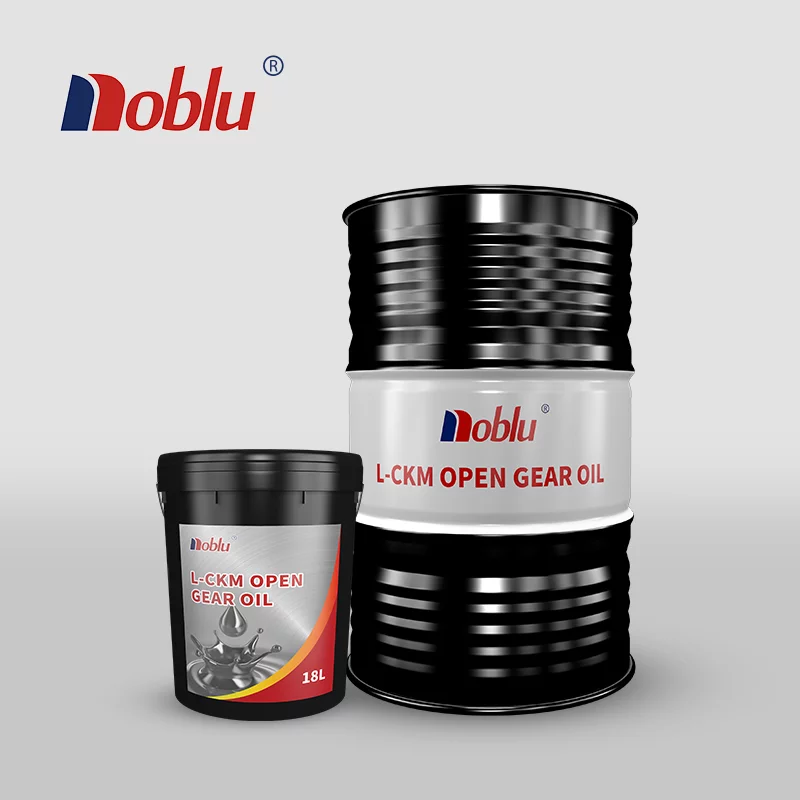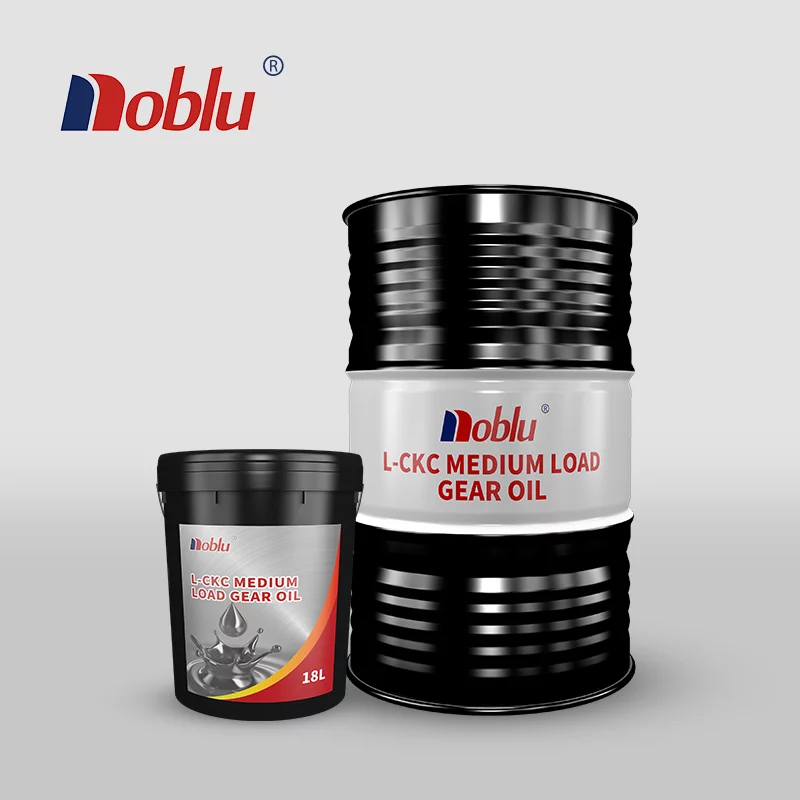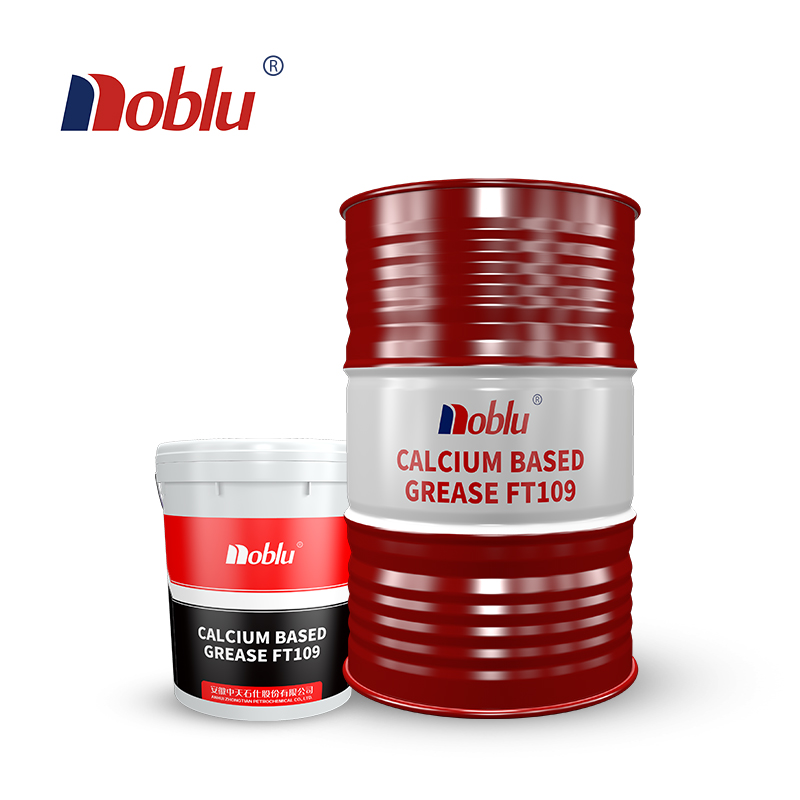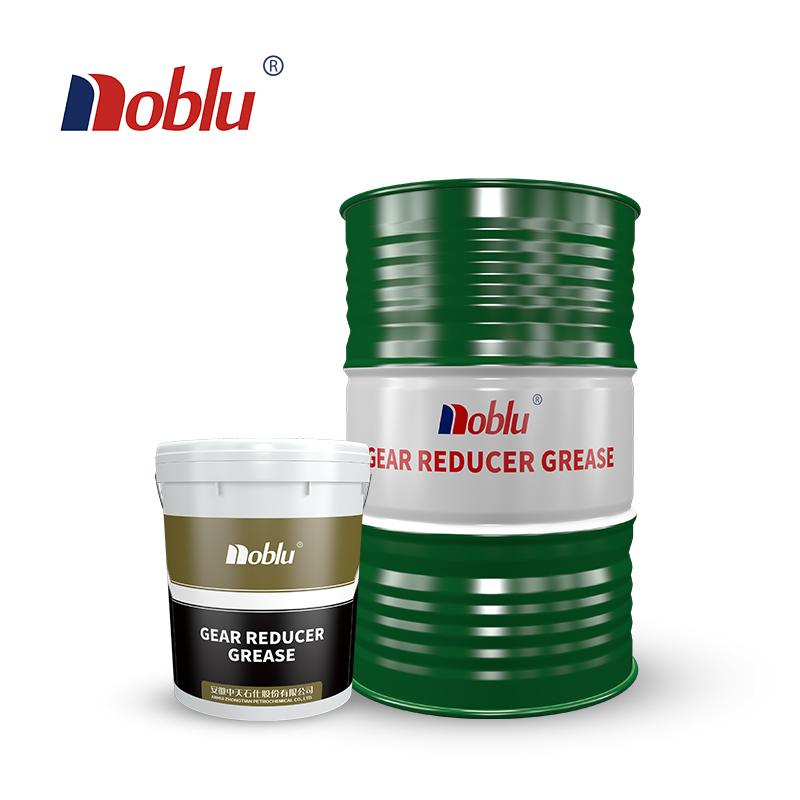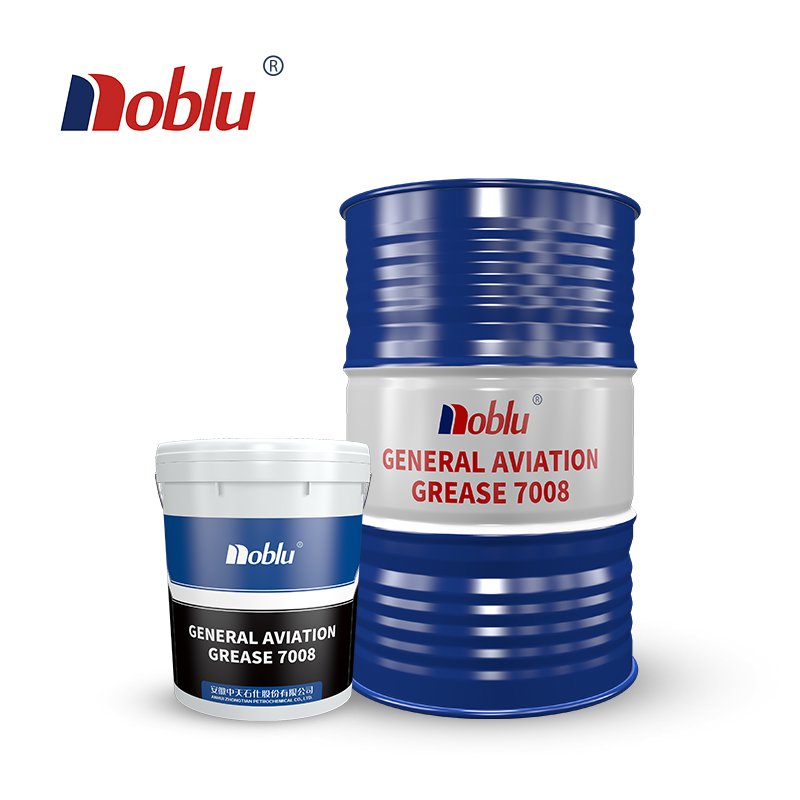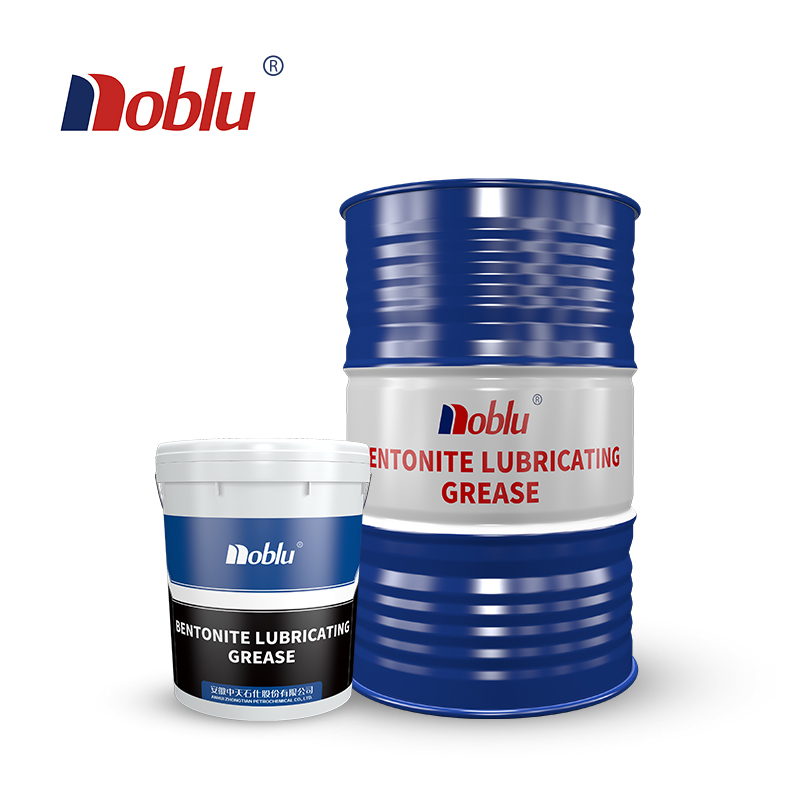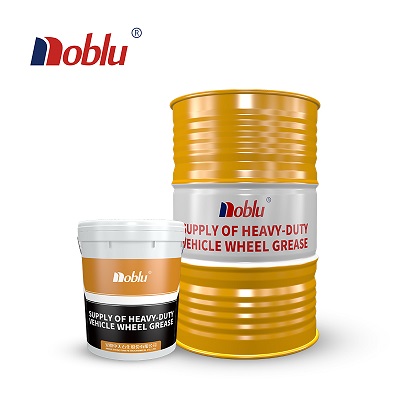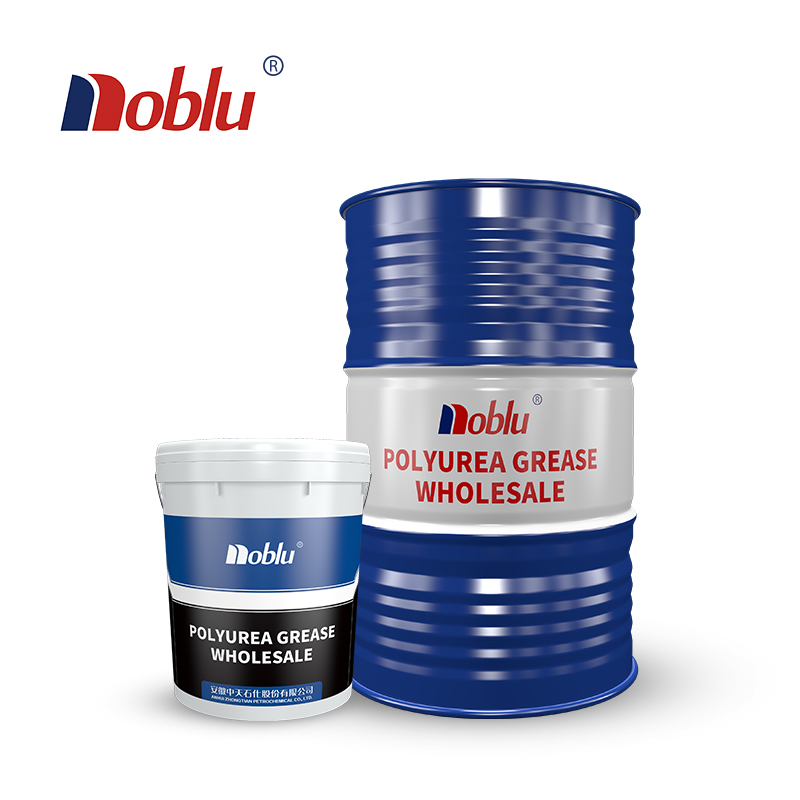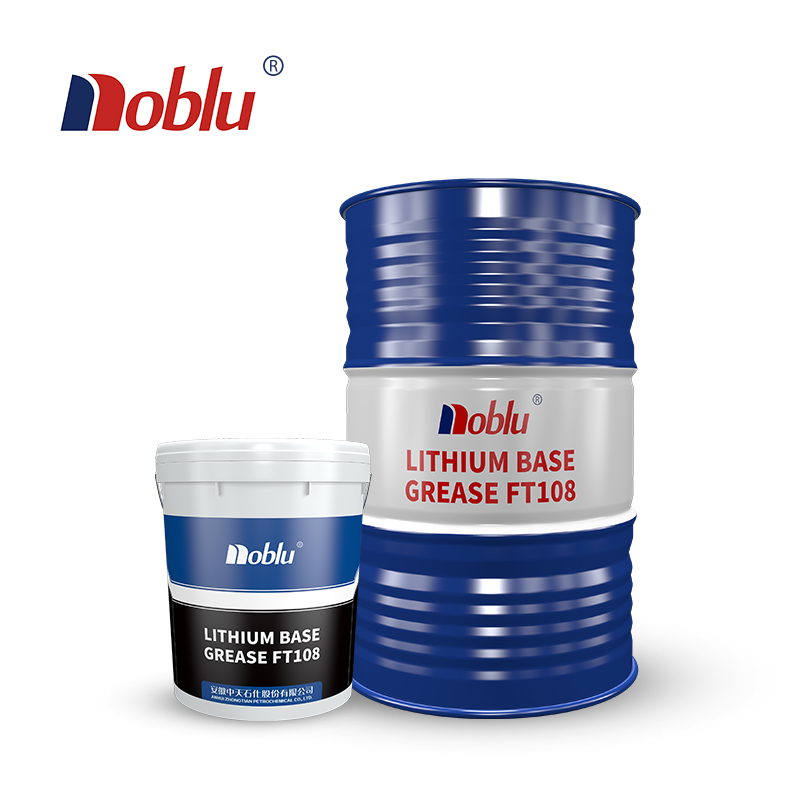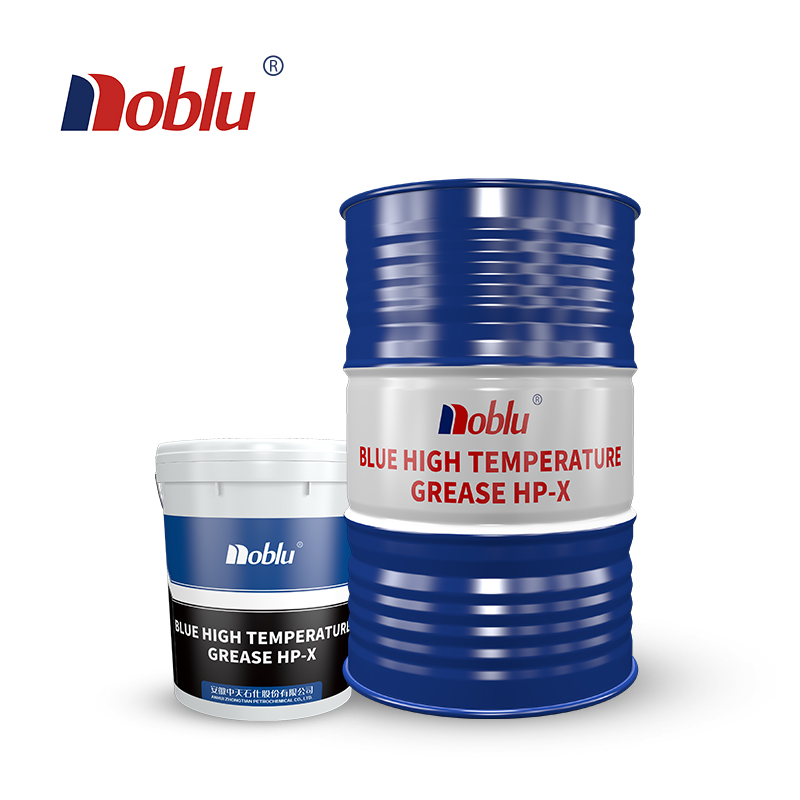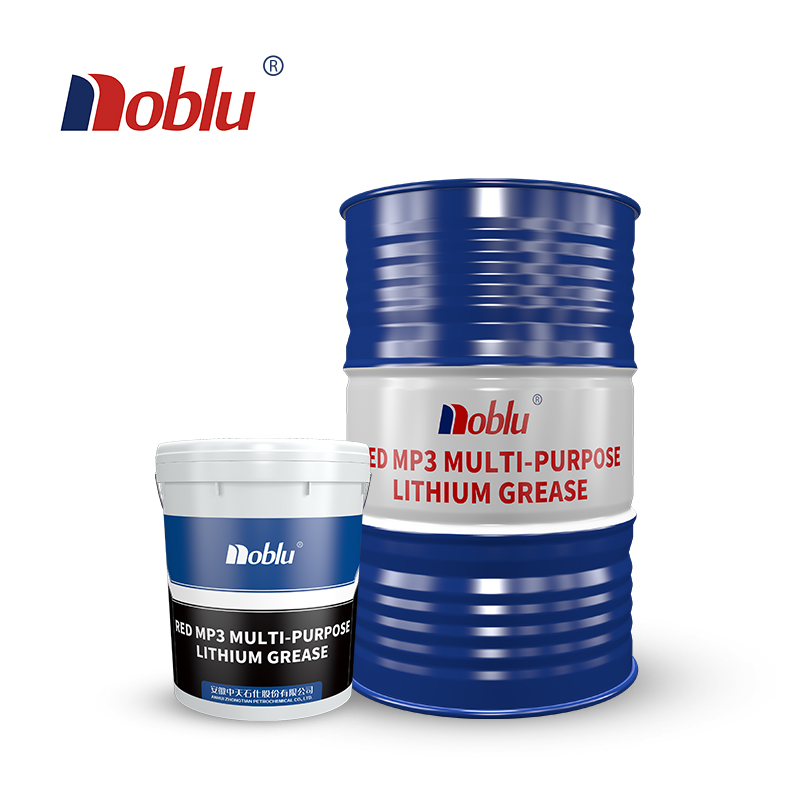
The full form of PFPE is “Perfluoropolyether.” PFPE is a type of lubricant that belongs to the class of perfluorinated polyethers. It is composed of repeating units of carbon, fluorine, and oxygen atoms. The “perfluoro” prefix indicates that all the hydrogen atoms in the molecule have been replaced with fluorine atoms, resulting in a highly stable and chemically inert material. PFPEs are known for their exceptional thermal stability, low volatility, and resistance to harsh environments, making them ideal for various lubrication applications.
What is the viscosity of PFPE?
The viscosity of PFPE grease can vary depending on the specific product and formulation. PFPE greases are available in a range of viscosities to suit different applications. The viscosity is typically measured in units of centistokes (cSt) at a specific temperature. Common viscosity grades for PFPE grease include low-viscosity options such as 10 cSt or 100 cSt, as well as higher viscosities like 1000 cSt or 10,000 cSt. The choice of viscosity depends on the specific application requirements, such as the operating temperature and load conditions.
What is the vapor pressure of PFPE grease?
The vapor pressure of PFPE grease can vary depending on the specific product formulation and operating conditions. Generally, PFPE greases have low vapor pressures due to their chemical structure and high molecular weight. This low vapor pressure helps in reducing evaporation and volatilization losses when the grease is exposed to high temperatures or vacuum environments.
PFPE greases are designed to maintain their lubricating properties even at elevated temperatures. They exhibit excellent thermal stability and do not readily evaporate or decompose under normal operating conditions. This property makes PFPE greases highly suitable for applications where high temperatures are involved, such as in aerospace, automotive, and industrial equipment.
However, it is important to note that the vapor pressure of PFPE grease may increase with temperature. Therefore, it is essential to consider the application-specific temperature range and select the appropriate PFPE grease grade to ensure optimal performance and minimize any potential vapor pressure-related issues.
What are the advantages and disadvantages of PFPE grease compared with other lubricants?
PFPE grease offers several advantages compared to other lubricants, but it also has certain disadvantages. Here are the main advantages and disadvantages of PFPE grease:
Advantages of PFPE grease:
- Thermal Stability: PFPE grease can withstand high temperatures without significant degradation, making it suitable for applications in extreme temperature environments.
- Chemical Resistance: PFPE grease is highly resistant to a wide range of chemicals, including acids, bases, solvents, and reactive substances. It provides effective lubrication even in aggressive chemical environments.
- Low Volatility: PFPE grease has low vapor pressure, meaning it does not readily evaporate or volatilize even at high temperatures. This property helps reduce lubricant consumption and extends the lubrication interval.
- Inertness: PFPE grease is chemically inert and non-reactive, making it compatible with a variety of materials, including metals, elastomers, and plastics.
- Low Friction Coefficient: PFPE grease exhibits low friction characteristics, minimizing wear and reducing energy consumption in moving parts.
- Wide Operating Temperature Range: PFPE grease remains effective at both low and high temperatures, allowing its use in diverse operating conditions.
Disadvantages of PFPE grease:
- Cost: PFPE grease is generally more expensive compared to conventional lubricants due to its specialized formulation and unique properties.
- Compatibility: While PFPE grease is compatible with many materials, it may not be compatible with certain plastics, seals, or elastomers. Compatibility testing is recommended before using PFPE grease in contact with specific materials.
- Limited Availability: The availability of PFPE grease may be limited compared to more commonly used lubricants, especially in certain regions or industries.
- High Viscosity: PFPE grease typically has a higher viscosity compared to conventional greases. This can limit its use in applications where lower viscosity lubricants are preferred, such as high-speed bearings.
In which applications does PFPE grease perform best?
PFPE grease is known for its exceptional properties and is suitable for a wide range of applications. Some of the areas where PFPE grease performs best include:
- Aerospace: PFPE grease is commonly used in aerospace applications due to its excellent thermal stability, chemical resistance, and low volatility. It is used in aircraft engines, landing gears, actuator systems, and other critical components.
- Electronics: PFPE grease is widely utilized in the electronics industry for lubricating various electronic devices and components. Its chemical inertness and high-temperature resistance make it suitable for applications such as connectors, switches, and bearings in electronic devices.
- Chemical Processing: PFPE grease is resistant to harsh chemicals and can withstand aggressive fluids and environments. It is used in pumps, valves, seals, and fittings in the chemical processing industry to provide lubrication and prevent chemical reactions or contamination.
- Food Processing: PFPE grease is safe for incidental contact with food and is often used in food processing equipment. It provides lubrication in bearings, mixing systems, conveyors, and other machinery involved in food production.
- Vacuum Environments: PFPE grease has low outgassing properties, making it suitable for vacuum environments such as in semiconductor manufacturing, space exploration, and research laboratories.
- High-Temperature Applications: PFPE grease maintains its lubricating properties at high temperatures, making it suitable for applications like furnace conveyors, oven chains, and high-temperature bearings.
- Automotive: PFPE grease is used in automotive applications that require high-temperature resistance and durability. This includes applications like wheel bearings, chassis components, and electrical systems.
How is PFPE grease stored and transported to avoid contamination and damage?
To ensure the quality and integrity of PFPE grease, proper storage and transportation practices should be followed to avoid contamination and damage. Here are some guidelines:
Storage:
- Contamination-Free Environment: Store PFPE grease in a clean, dry, and well-ventilated area away from dust, dirt, moisture, and chemicals that could contaminate the grease.
- Temperature Control: Maintain a stable temperature within the recommended storage range specified by the manufacturer. Extreme temperature fluctuations should be avoided.
- Sealed Containers: Keep PFPE grease in its original tightly sealed containers or transfer it to sealed containers that are specifically designed for lubricants. This helps prevent moisture absorption and airborne contaminants from entering the grease.
- Shelf-Life Monitoring: Monitor the shelf life of PFPE grease and follow the recommended storage period. Use the oldest stock first to minimize the risk of using expired grease.
Transportation:
- Secure Packaging: Ensure that PFPE grease containers are securely packaged in leak-proof and properly sealed containers to prevent spillage during transportation.
- Protection from Temperature Extremes: During transportation, protect PFPE grease from extreme temperatures as exposure to high temperatures can lead to leakage or degradation of the grease.
- Separation from Incompatible Substances: Keep PFPE grease containers away from substances that can cause contamination or react with the grease. This includes chemicals, fuels, acids, and other lubricants.
- Handling with Care: Handle PFPE grease containers with care to prevent damage or impact that could lead to leakage. Follow proper handling procedures during loading, unloading, and transportation to avoid accidents.

